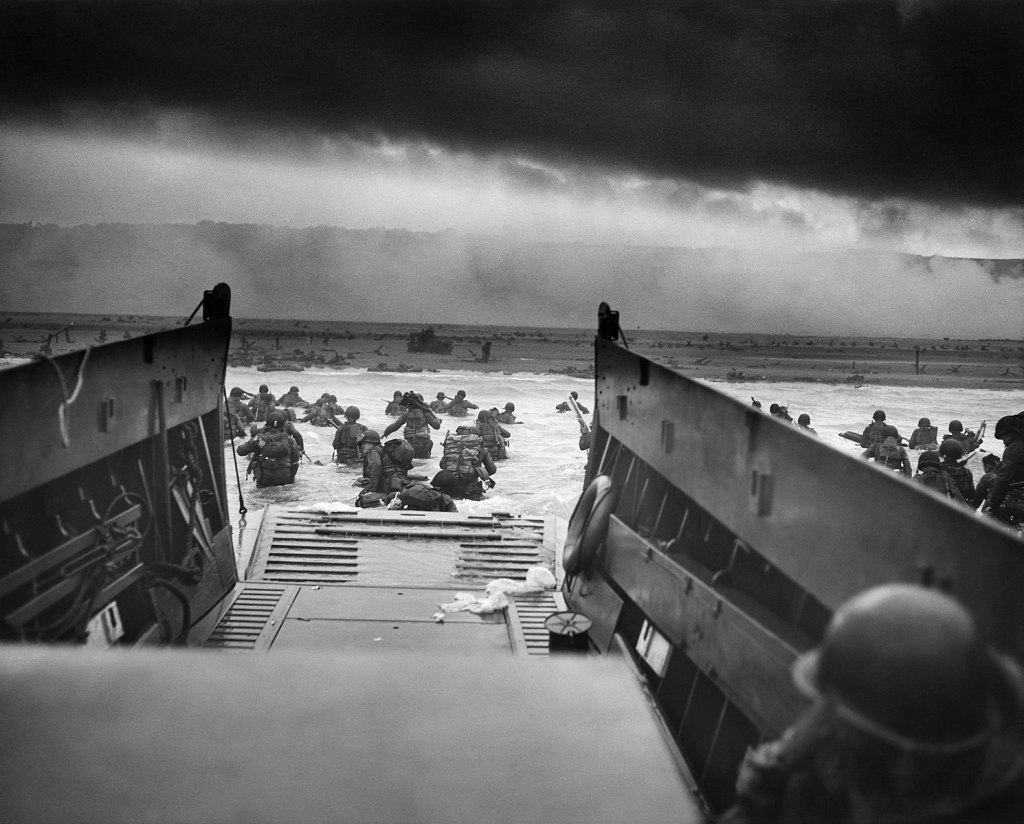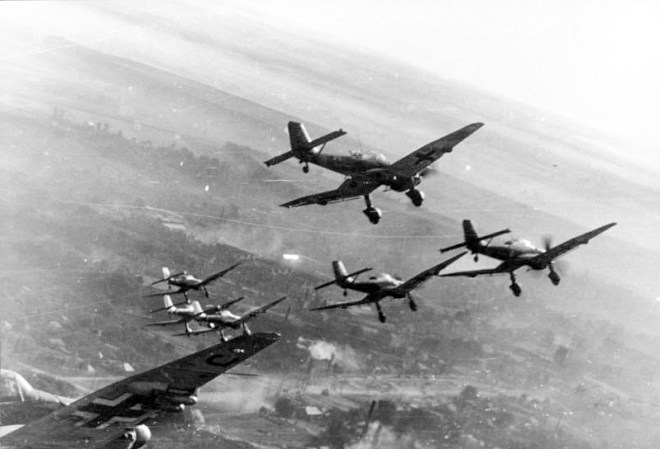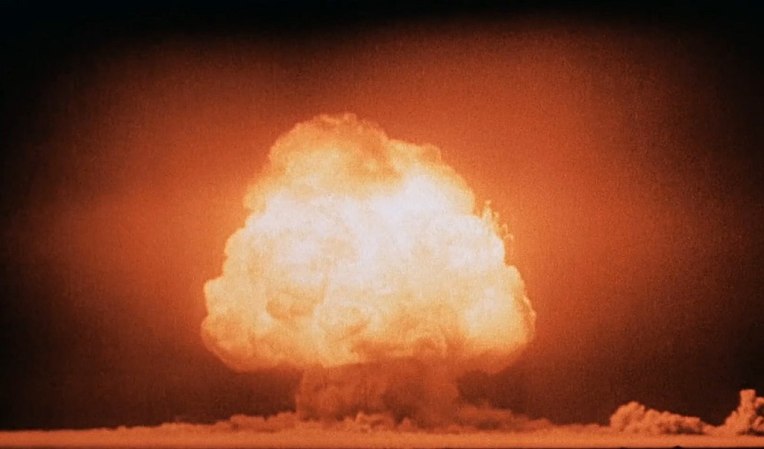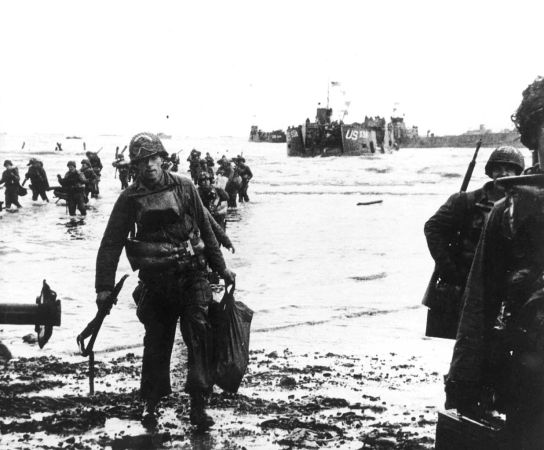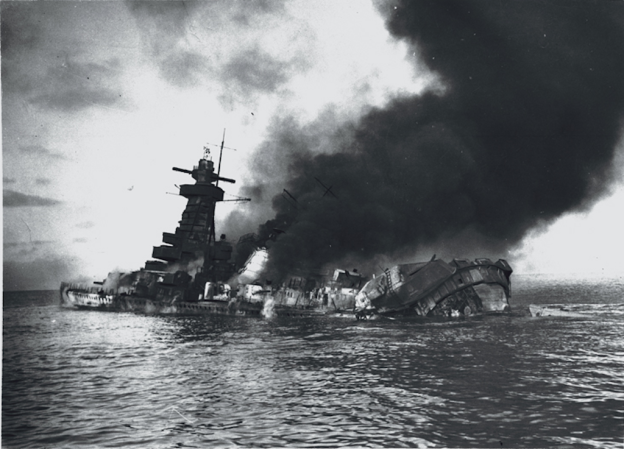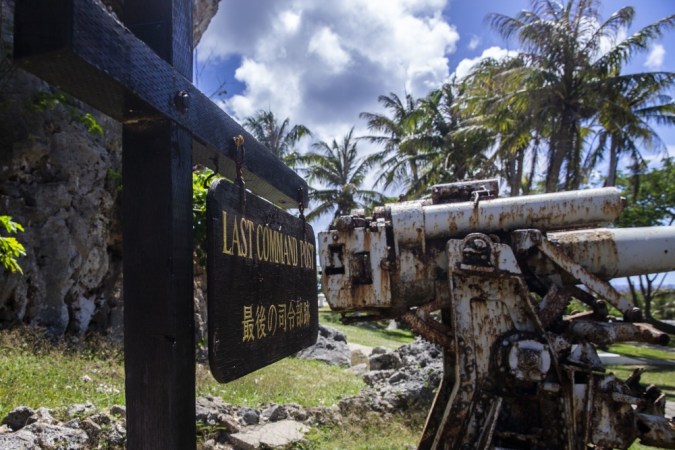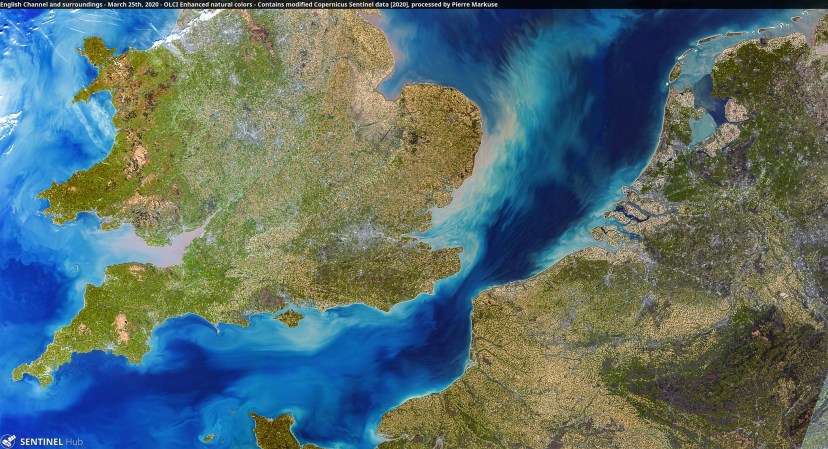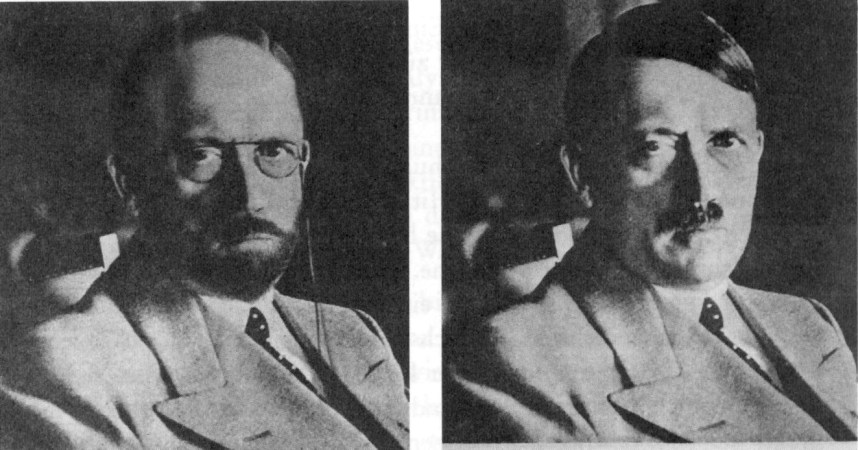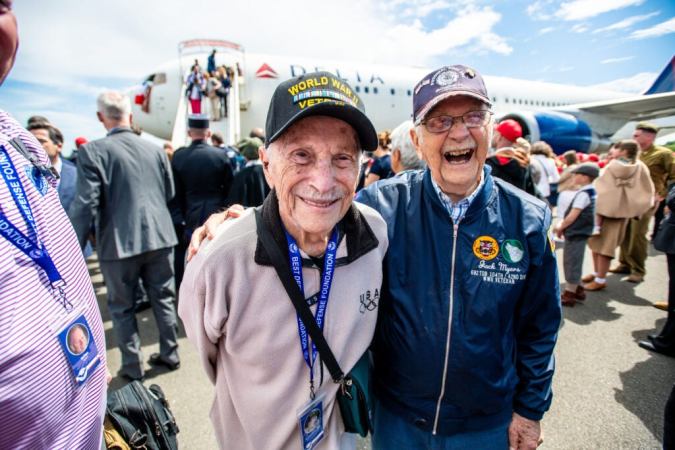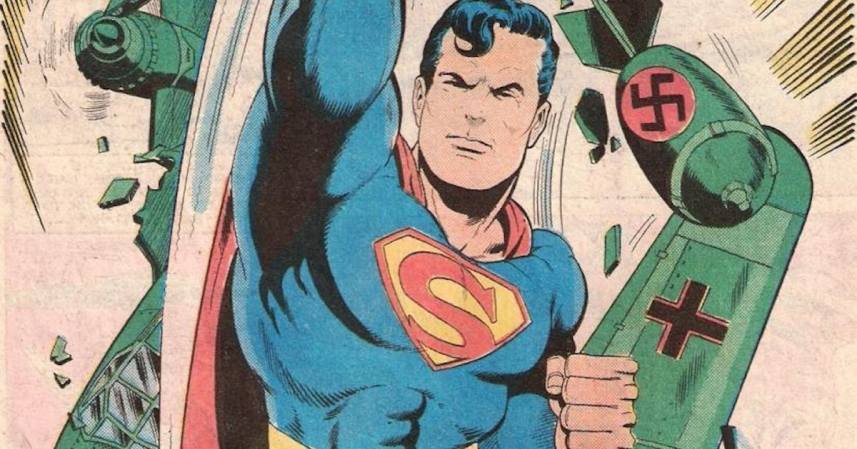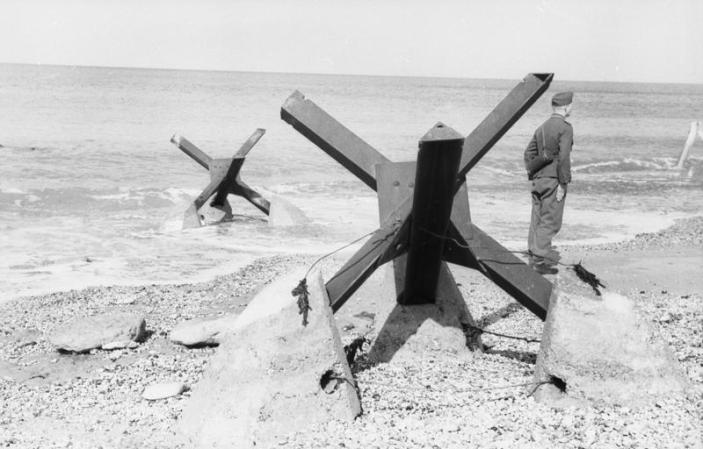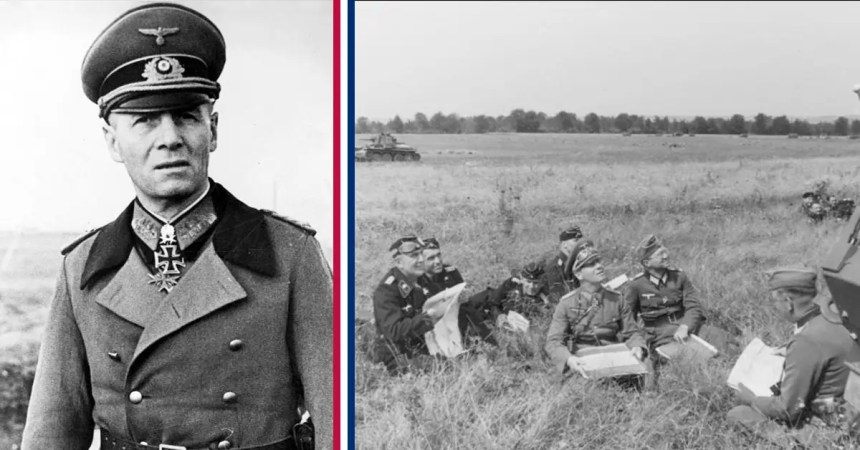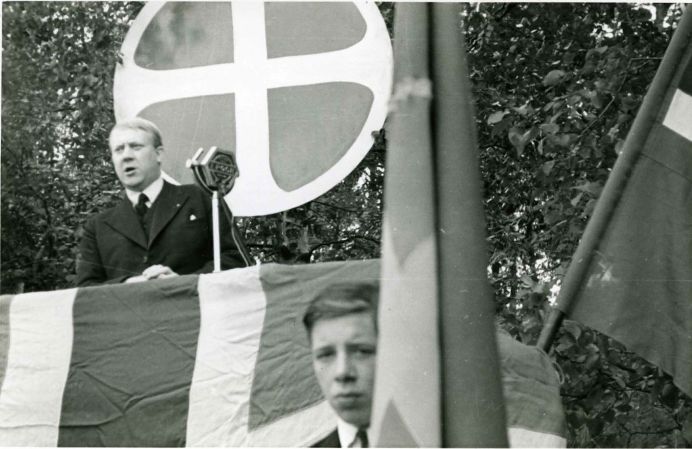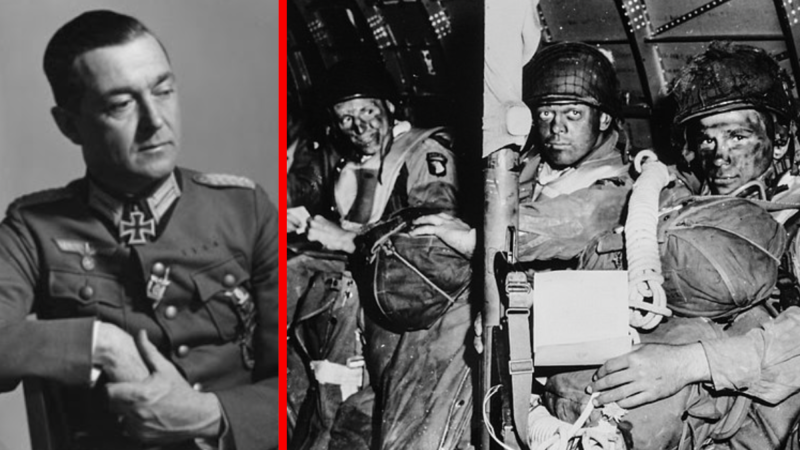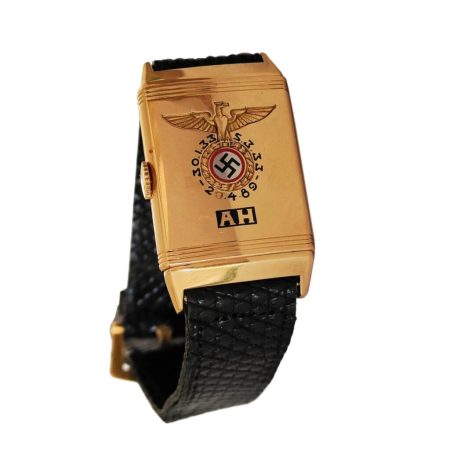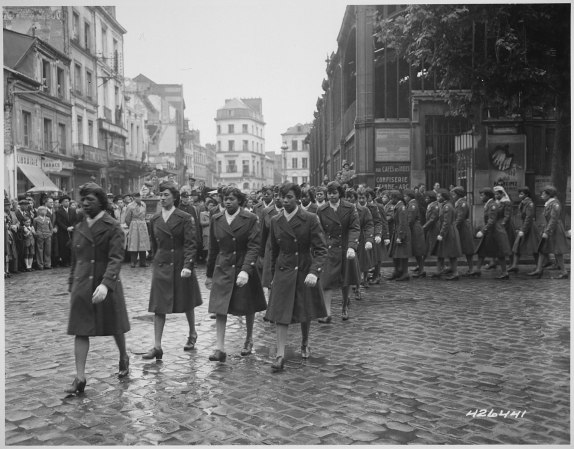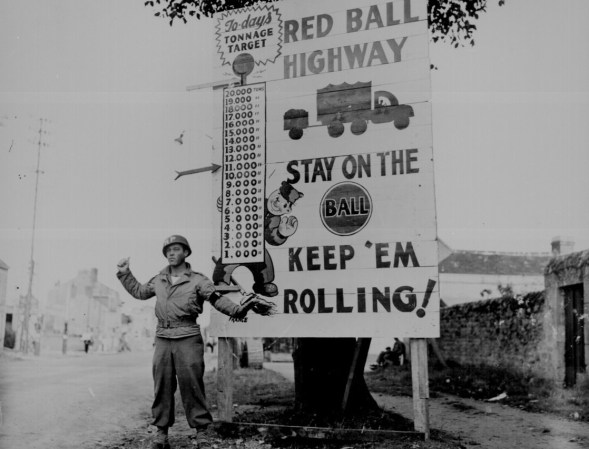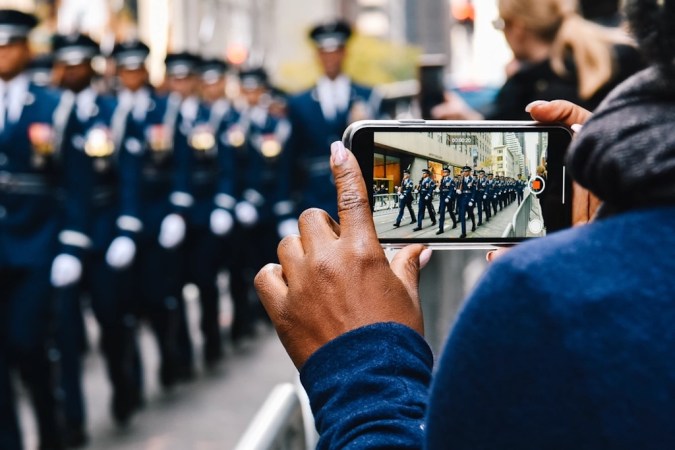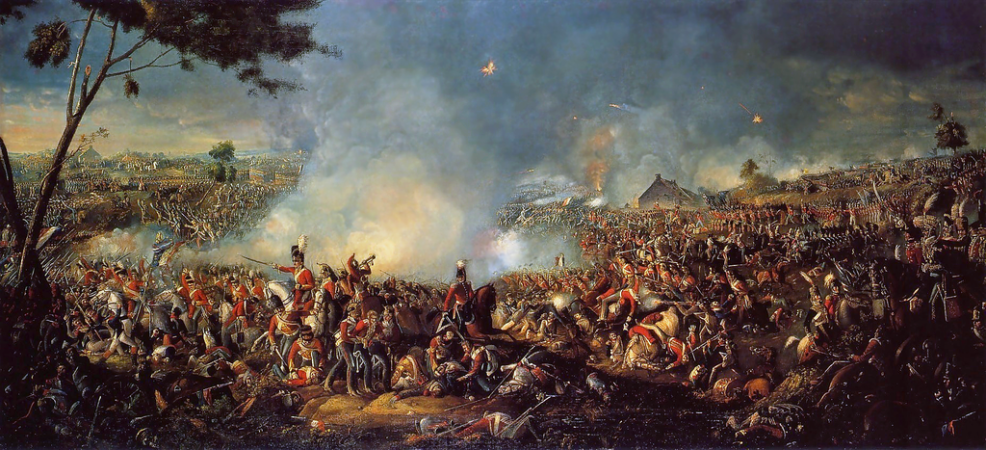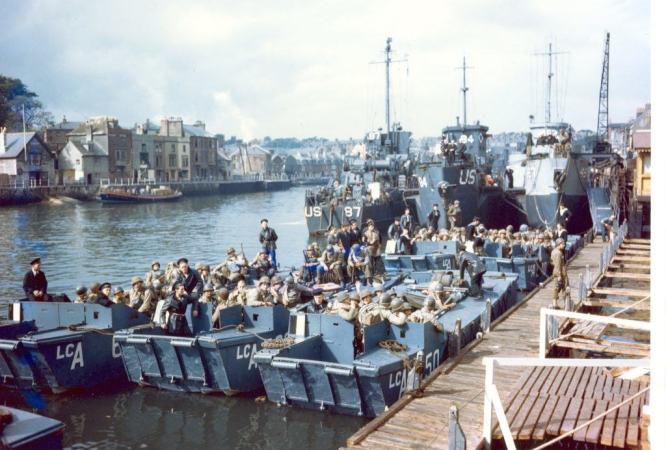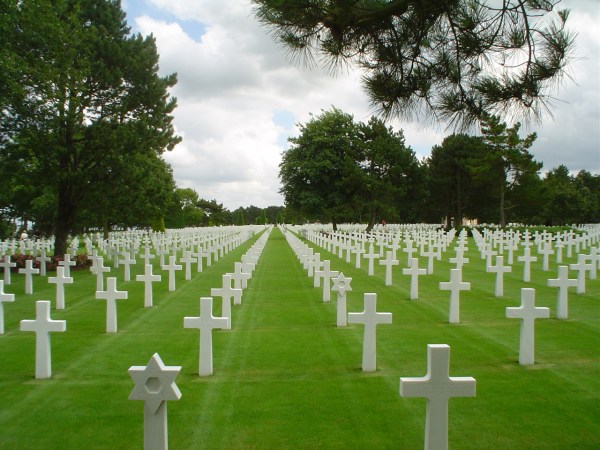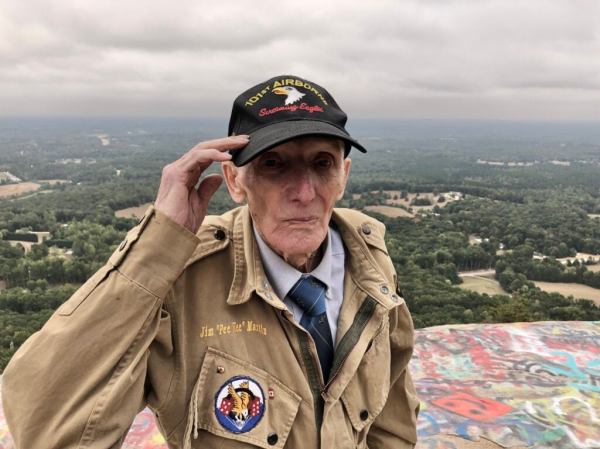On June 6, 1944, the Allies changed the course of WWII with D-Day. This massive assault on Nazi-occupied Europe turned the tide of World War II. It led to the eventual defeat of Adolf Hitler’s Third Reich. It was one of the largest military operations in history. Even today, it stands as a symbol of Allied unity and resolve in the face of tyranny. Here’s a look at what happened on that fateful day and how it changed WWII.
The Course of the War changes
The operation known as D-Day was actually several years in the making. In 1942, British Prime Minister Winston Churchill and U.S. President Franklin Roosevelt met at Roosevelt’s country estate in Hyde Park, New York. There, the pair discussed ways to open up a “second front” against Nazi Germany. The two leaders agreed that an Allied invasion of France was the best way to alter the course of the war, but they knew it would be no easy feat.
The Nazis had occupied France since 1940. The coastline was heavily fortified with concrete bunkers, machine gun nests, barbed wire, and land mines. Allied forces knew that attempted troop landings would be difficult. The Allies would need complete surprise if their invasion was going to succeed and went about creating elaborate measures in the course of their preparations. This helped to deceive the Nazis about when and where the assault would occur. This involved using bogus intelligence reports, planting false stories in the press, and even constructing phony military installations in England meant to fool German reconnaissance planes into thinking an attack was imminent elsewhere.
Hitler’s Suspicions
Despite these efforts, Hitler still suspected an attack on France was coming. He just didn’t know when or where. To forestall any Allied invasion attempt, he kept hundreds of thousands of troops stationed in Norway and Denmark rather than sending them to the Eastern Front, where they were desperately needed. This proved a critical error that would haunt him on D-Day.
The Allies landed 155,000 British, Canadian, and American soldiers on five beaches along a 50-mile stretch of the French coastline on June 6, 1944. It quickly became clear that achieving surprise had been impossible and the course of the war might not change. In fact, the Germans were ready and waiting for them with machine guns blazing. The loss of life was staggering. More than 9,000 Allied soldiers were killed or wounded on D-Day alone. But despite the high casualty rate, the Normandy landings were an unqualified success. Against all odds, the Allies had established a foothold in Europe from which they could begin their march to Berlin.

Facts about WWII
World War II was one of the deadliest military conflicts in history. It lasted from 1939 to 1945 and involved more than 100 million people from more than 30 countries. Here are some facts about World War II that you might not know.
Here are the stories of three unsung WWII spies who helped make D-Day a victory.
The conflict began on September 1, 1939, when Nazi Germany invaded Poland.
The United States didn’t enter the war until December 7, 1941. That’s when Japan attacked Pearl Harbor.
Hitler’s main goal was to create a “master race” of Nazi supermen known as the Aryan race.
The Nazis used a system of concentration camps and death camps to kill more than 6 million Jews during the Holocaust.
On June 6, 1944—commonly known as D-Day— Allied forces landed on the beaches of Normandy, France, marking a turning point in the war.
On August 15, 1945—just days after the United States dropped an atomic bomb on Hiroshima, Japan—Japan surrendered, effectively changing the course of the war.
Over 60 million people were killed during World War II, making it one of the deadliest military conflicts in history.
Adolf Hitler and Hideki Tojo were both tried and convicted of war crimes after the war. Hitler committed suicide before he could be executed, while Tojo was hanged.
In 1949, the Allies established two separate military alliances—the North Atlantic Treaty Organization (NATO) and the Warsaw Pact—to prevent another world war from happening again.
World War II was a devastating conflict that changed the world forever. However, it also led to some incredible advances in technology and military strategy that we still use today.
Here’s how Patton smashed his way out of Normandy.


